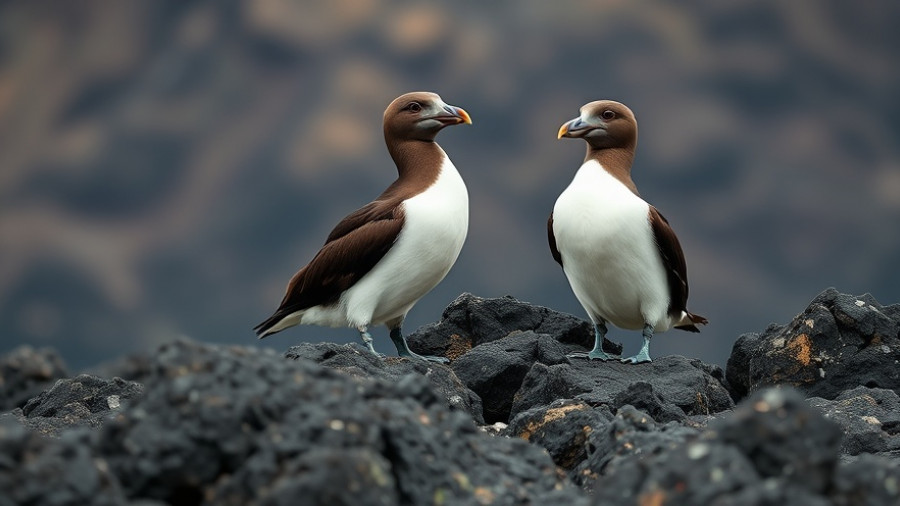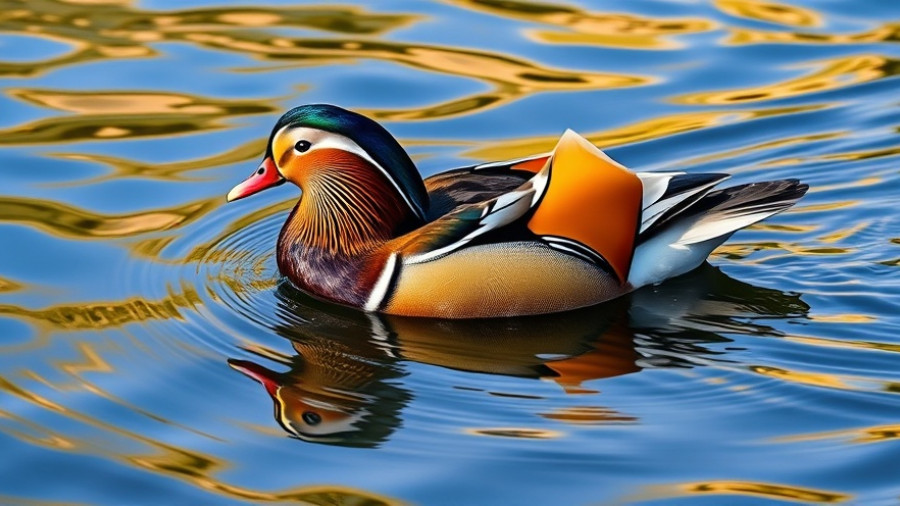
The Allure of the American Herring Gull
The American Herring Gull is a familiar sight across North America, known for its striking white and grey feathers, sharp gaze, and raucous calls. Often seen scavenging at parks, beaches, and landfills, these birds are as adaptable as they are prevalent, making them a delightful subject for bird enthusiasts and casual observers alike.
Why Are They So Common?
What sets the American Herring Gull apart is its remarkable adaptability. It thrives in various environments, from the shores of Alaska to the sunny coasts of Puerto Rico. This versatility means that you can spot them far from the ocean, often foraging for food or socializing at popular gathering spots. Their ability to survive and thrive in land-locked areas speaks to their crafty nature and resourcefulness in exploiting food sources provided by human activity.
A Closer Look at Their Characteristics
Boasting a wingspan of nearly six feet, adult American Herring Gulls are impressively large, with a length of up to two feet. Their juvenile counterparts, however, remain cloaked in grey-brown speckled feathers for about four years, distinguishing them from older birds. This long maturation process ensures that even the younger gulls have an opportunity to establish themselves within the flock, competing effectively for food.
Insights from Ornithology
Interestingly, the American Herring Gull was once grouped with its European and Asian cousins within a single classification until recent genetic studies revealed distinct differences among the various species. This recent scientific advancement has deepened our understanding of gull behavior and evolution, showcasing the importance of ongoing research in avian biology.
Future of the American Herring Gull
As climate change impacts their habitats and food sources, monitoring the American Herring Gull can provide valuable insights into the health of coastal and inland ecosystems. Ensuring a sustainable environment for these birds will ultimately benefit local wildlife and foster biodiversity.
 Add Row
Add Row  Add
Add 




Write A Comment